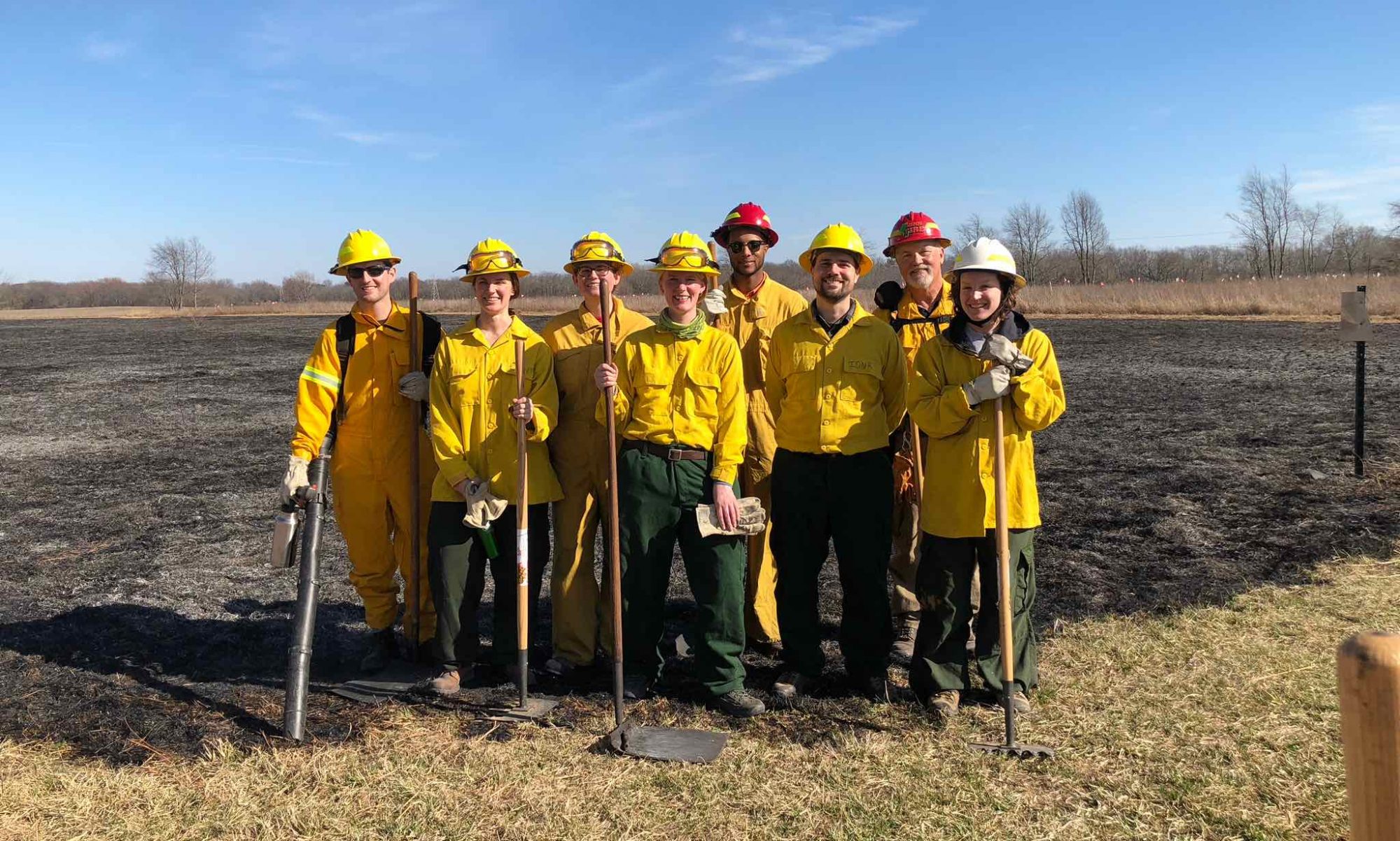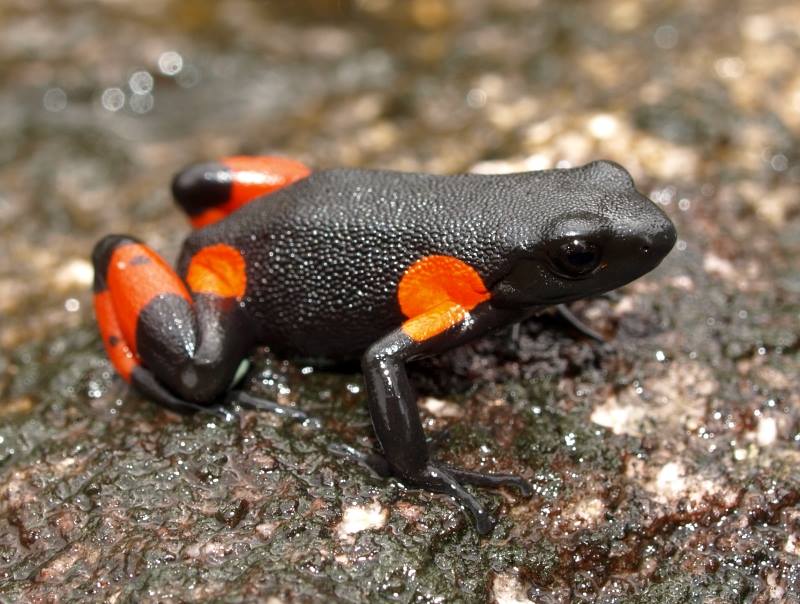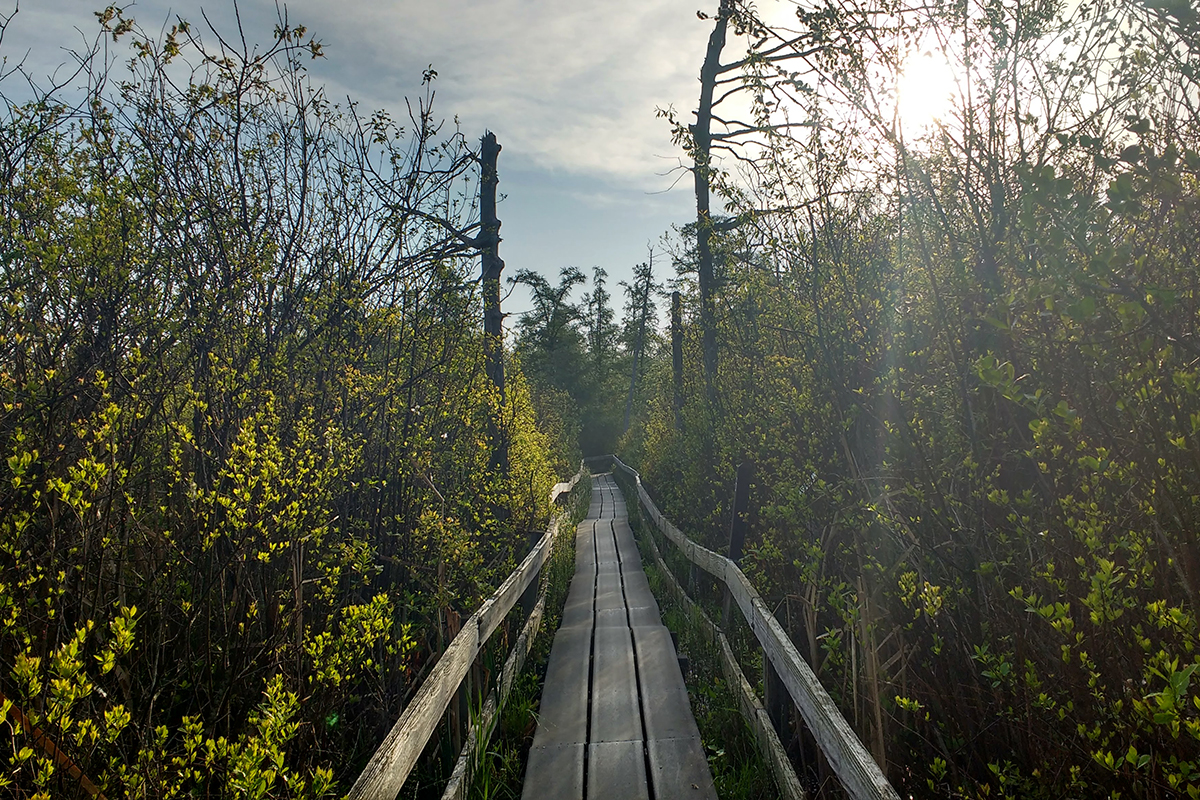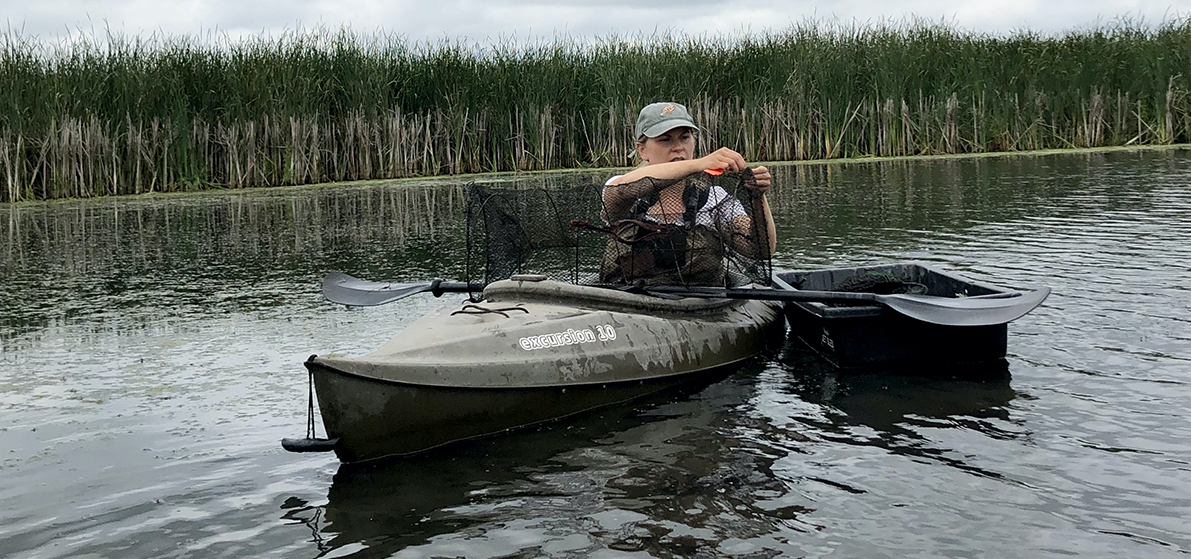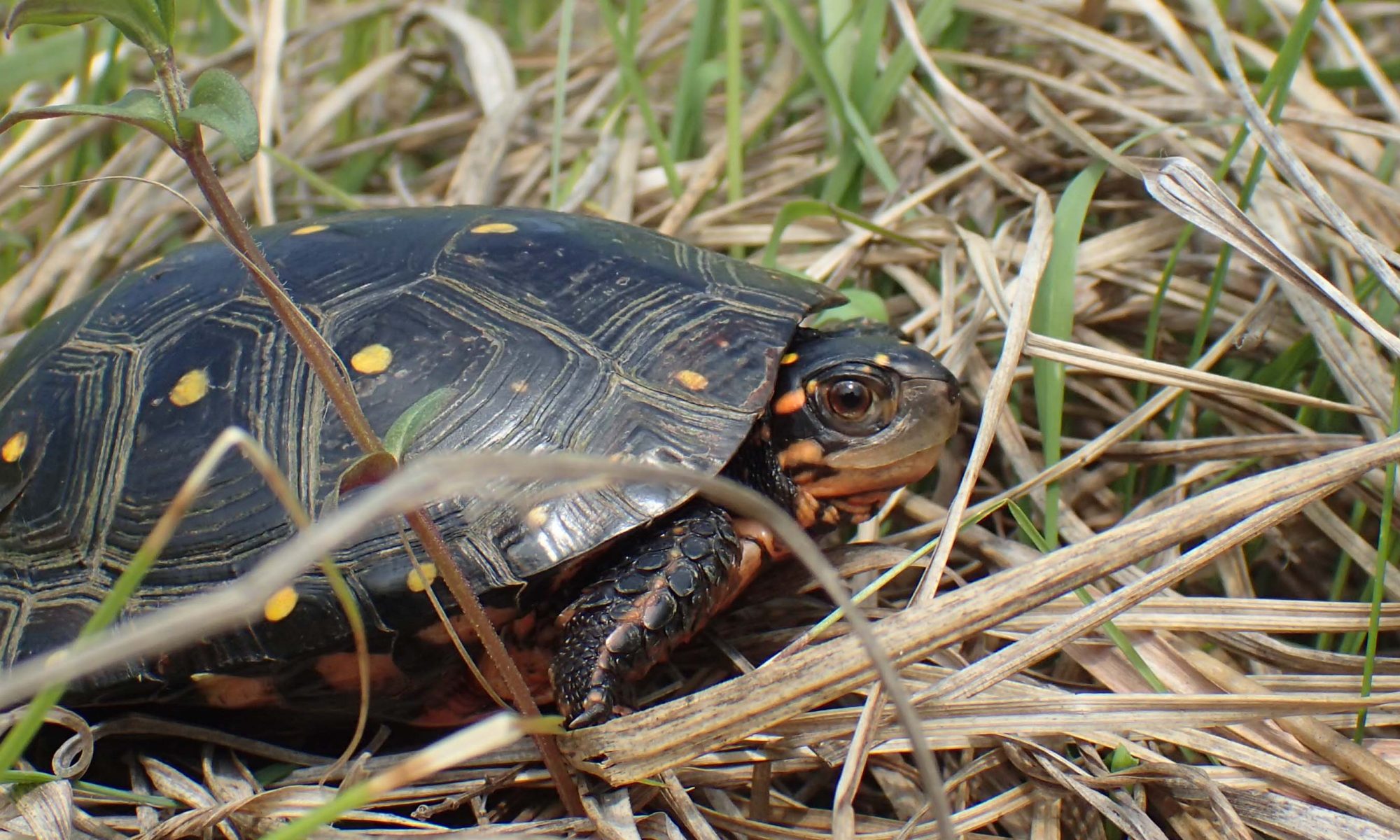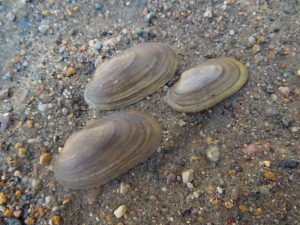 Sarah Douglass, was announced as the 2021 Philip Smith Memorial Award Winner. Her submission was titled “Using environmental DNA (eDNA) to detect a rare freshwater mussel species, Salamander Mussel Simpsonaias ambigua, in the Embarras River, Illinois”. Sarah is an Malacologist with the Illinois Natural History Survey.
Sarah Douglass, was announced as the 2021 Philip Smith Memorial Award Winner. Her submission was titled “Using environmental DNA (eDNA) to detect a rare freshwater mussel species, Salamander Mussel Simpsonaias ambigua, in the Embarras River, Illinois”. Sarah is an Malacologist with the Illinois Natural History Survey.
Wild Things Conference goes virtual
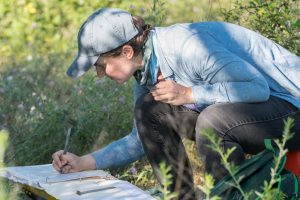 This year, the Wild Things Conference will be virtual and held over two weekends, with live events as well as pre-recorded talks. UBAP ornithologist Asya Rahlin and her collaborators Stephanie Beilke (Audubon Great Lakes), and Libby Keyes (Governors State University) will have a streaming session going during both weekends of the conference.
This year, the Wild Things Conference will be virtual and held over two weekends, with live events as well as pre-recorded talks. UBAP ornithologist Asya Rahlin and her collaborators Stephanie Beilke (Audubon Great Lakes), and Libby Keyes (Governors State University) will have a streaming session going during both weekends of the conference.
Their talk, “A New Bird Banding Station Lands in Chicago” will discuss their project establishing a bird banding station at Big Marsh in the Calumet Region.
Learn about the Chicago Ornithological Society’s bird banding station, which debuted at Big Marsh in 2020, and what they hope to find from using this new banding station to spur research and outreach in the Calumet region.
New paper on habitat restoration impacts on box turtles
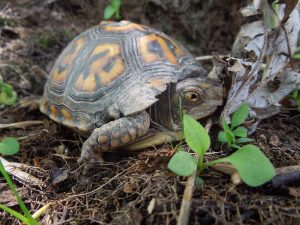 Eastern Box Turtle growth is influenced by environmental conditions which in turn can be influenced by vegetative structure. Removal of Autumn Olive and Russian Olive at a site in Illinois occurred during a 16 year mark-recapture study allowing us to analyze impacts of removal on the growth of turtles. The data showed that removing the invasive plants may not negatively impact the growth of the turtles and that growth is variable by individual. This is attributed to reptile growth being influenced by more than just environmental conditions, including genetics.
Eastern Box Turtle growth is influenced by environmental conditions which in turn can be influenced by vegetative structure. Removal of Autumn Olive and Russian Olive at a site in Illinois occurred during a 16 year mark-recapture study allowing us to analyze impacts of removal on the growth of turtles. The data showed that removing the invasive plants may not negatively impact the growth of the turtles and that growth is variable by individual. This is attributed to reptile growth being influenced by more than just environmental conditions, including genetics.
Read the paper: Edmonds, D., A.R. Kuhns, and M.J. Dreslik. 2020. Eastern Box Turtle (Terrapene carolina carolina) growth and the impacts of invasive vegetation removal. Herpetological Conservation and Biology 15(3):588–596.
Saving the Harlequin Mantella
PACE Lab graduate student Devin Edmonds has been working to save one of the most threatened amphibian species in Madagascar. Listen to an interview he did with Amphibiacast about Mantella frogs, his time working in Madagascar, and his graduate research to conserve the Harlequin Mantella. A new conservation action plan will be released in the coming months.
Listen to the episode
Learn more about Devin’s research
Behind the Scenes: Finding one elusive bird
UBAP Ornithologist Asya Rahlin is conducting research on cryptic wetland birds utilizing eDNA. Join her as she recounts a hot, sticky day collecting samples at Volo Bog.
Read her Behind the Scenes
Behind the Scenes – Gathering data to save a rare turtle
PACE Lab herpetologists Andrea Colton and Emily Sunnucks wrote about their experiences continuing our research into the endangered Blanding’s Turtle in northeastern Illinois.
Read about a day in their life in “Behind the Scenes”
Using three decades of data to save turtles
Champaign, IL – Protecting and restoring habitats are the most important steps that can be undertaken to protect turtle populations into the future according to a pair of recent papers analyzing 3 decades of data.
The Spotted Turtle, Clemmys guttata, is a small semi-aquatic turtle that inhabits sedge meadow, cattail marsh, wet-mesic prairie, and dolomite prairie in Illinois. It is protected as an endangered species in Illinois, which is at the western edge of its range. The two known populations in Illinois have been the focus of mark-recapture studies since 1988.
Recent analysis found that Spotted Turtle populations are limited by the amount of available habitat, suggesting that management efforts should focus on increasing suitable habitat. Control of cattails (Typha sp.) and restoration of sedges would increase the amount of available habitat.
Adults have a higher survival rate than younger turtles. Predators including raccoons and muskrats can eradicate eggs and juvenile turtles. While caging nests and headstarting juveniles will help the younger turtles, controlling predator populations could benefit all age classes.
Spotted, Blanding’s, and Wood turtle conservation symposium
PACE Lab head Michael Dreslik and herpetologist Jason Ross presented at the 2019 Spotted, Blanding’s, and Wood turtle conservation symposium held in West Virginia this November.
http://www.americanturtles.org/2019symposium.html
Population Viability Analysis and the Role of Head-starting for a northern Illinois Blanding’s Turtle Population
Rapid Demographic Assessments for Freshwater Turtles: Filling in Data Deficiencies
Radio telemetry used to improve environmental DNA use
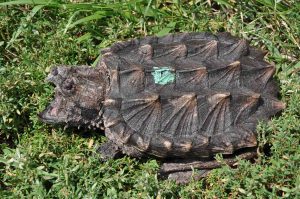
Environmental DNA (eDNA) is an emerging tool used to detect rare and difficult to detect species. A recent study by INHS PACE Lab herpetologists used radio telemetry to evaluate and improve the efficiency of this technique.
As part of a species reintroduction program, hatchling Alligator Snapping Turtles reared in captivity were tracked using radio telemetry to assess their survival. This work provided an ideal system for evaluating the efficacy and limitations of using eDNA to detect a bottom dwelling riverine turtle. At each radio location, water samples were collected as well as upstream and downstream of the turtle.
The researchers found that eDNA can be used to detect a benthic turtle species but that detection can be diminished by UV exposure from open canopy. This study shows the importance of continuing to use traditional methods such as radio telemetry to better understand the dynamics of eDNA in the environment.
Read the complete paper in Environmental DNA
We’re Hiring!
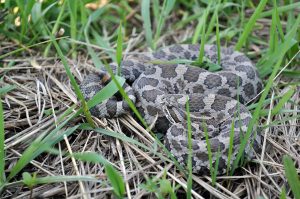
Are you interested in starting a career in field herpetology? The #INHSPACELAB Amphibian and Reptile Conservation Program is looking to hire two herpetology field technicians to work on our long-term Eastern Massasauga and Blanding’s Turtle research projects in 2020.
